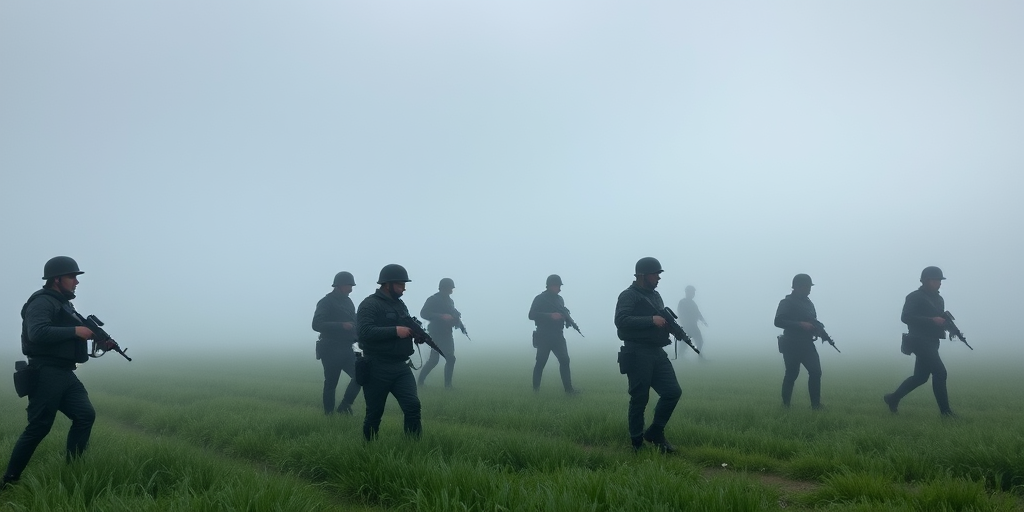Is it possible that silence can speak volumes about modern military might? Behind the understated exterior of the Dutch KCT lies a legacy forged in World War II and enhanced by decades of rigorous training and technological innovation. As Europe’s quiet professional force, the KCT seamlessly blends historical prowess with exceptional operational excellence. In this article, we explore its evolution, cutting-edge tactics, and enduring influence—revealing how hidden depth and unmatched readiness continue to define this formidable unit in today’s complex defense landscape.
Historical Origins and Evolution of Dutch KCT: Europe’s Quiet Professional Force

The Dutch KCT traces its heritage to 1942 when it began as “number two troops” undergoing significant training at a Scottish facility. Rooted in World War II, the initial formation consisted of around 62 members who were rigorously prepared to meet the demands of covert operations. This early phase established the foundation of Netherlands subtle expertise that would later evolve into a highly professional military legacy.
Post-war evolution gathered pace in 1952 with a strategic merger of the original unit with another elite special forces group, marking the birth of the modern KCT. This integration refined the unit’s understated career strategies and expanded its operational capabilities. Key milestones that shaped its identity include continuous adaptation to evolving warfare and strategic recalibrations during peacetime and conflict.
The operational history of the Dutch KCT is distinguished by participation in major campaigns such as Afghanistan, Iraq, Bosnia, and Macedonia, with current deployments in Malley and Kurdistan. Their performance in complex missions culminated in the awarding of the Military Order of William in 2016. Significant dates and events that underscore this evolution include:
- 1942: Formation of “number two troops” at a Scottish facility
- 1942: Commencement of rigorous training with 62 members
- 1952: Merger forming the modern KCT
- 1960s: Implementation of enhanced strategic protocols
- 2000s: Engagement in Afghanistan and Iraq operations
- 2016: Awarded the Military Order of William
- 2020s: Active deployments in Malley and Kurdistan
These milestones validate the force impact evaluation as the KCT continues to exemplify quiet yet decisive operational professionalism.
Advanced Equipment, Technology, and Tactical Innovations of Dutch KCT: Europe’s Quiet Professional Force

The Dutch KCT leverages state-of-the-art weaponry and modern communication systems to enhance both rapid deployment and coordinated operations. The integration of advanced equipment such as the German-made Heckler & Koch HK416 assault rifle and the Belgian FN Minimi machine gun reflects their commitment to cutting-edge technique applications and advanced system development. Moreover, the force employs enhanced reconnaissance tools and secured communication channels to gather real-time intelligence, ensuring automated performance metrics review and tactical superiority while maintaining operational stealth.
| Equipment | Role | Origin |
|---|---|---|
| HK416 Assault Rifle | Precision assaults | Germany |
| FN Minimi Machine Gun | Suppressive fire | Belgium |
| Reconnaissance Module | Surveillance and intel gathering | Integrated systems |
Innovative tactical gear and modern communication platforms underscore the operational excellence inherent in the KCT. These technologies facilitate secure connectivity on the battlefield, enabling seamless coordination even under complex environmental constraints. The adoption of advanced hardware and integrated reconnaissance tools not only improves situational awareness but also supports dynamic mission planning and execution. By continuously incorporating progressive equipment and tracking performance metrics, the KCT reinforces its reputation as an elite unit that operates with unmatched precision, ensuring that each mission adheres to the highest standards of modern warfare.
Final Words
In the action, this piece dissected the evolution, rigorous training practices, advanced equipment, and strategic innovations of Dutch KCT: Europe’s Quiet Professional Force.
A detailed review of historical origins, challenging training protocols, and breakthrough technologies showcased the unit’s commitment to operational excellence.
Our analysis reinforces its significance in modern defense and inspires confidence in evolving tactical strategies—propelling informed decisions on and off the battlefield.
FAQ
Q: What are Dutch special forces called?
A: The main Dutch special forces unit is called Korps Commandotroepen (KCT). Additional units include the Netherlands Maritime Special Operations Forces (NLMARSOF) and Dutch Army Rangers.
Q: How good is the Dutch KCT?
A: The Dutch KCT ranks among Europe’s most elite special forces units. Their rigorous 34-week training program has a 60% failure rate, and they’ve proven their excellence in operations across Afghanistan, Iraq, and Mali.
Q: What are the requirements to join Dutch special forces?
A: Candidates must be Dutch citizens, pass a three-week aptitude test with 50% elimination rate, complete intensive physical assessments, and demonstrate exceptional mental resilience during the 34-week training program.
Q: What weapons do Dutch special forces use?
A: Dutch special forces primarily utilize the Heckler & Koch HK416 assault rifle and FN Minimi machine gun, complemented by advanced tactical gear and modern communication systems.
Q: When was the Dutch KCT formed?
A: The Dutch KCT was initially formed on March 22, 1942, in Scotland with 62 members. The modern KCT structure emerged in 1952 following a merger with another special forces unit.
Q: What missions does the Dutch KCT perform?
A: The KCT conducts special reconnaissance, direct action operations, military assistance, and counterterrorism missions. They’ve served in Afghanistan, Iraq, Bosnia, Macedonia, Mali, and Kurdistan.
